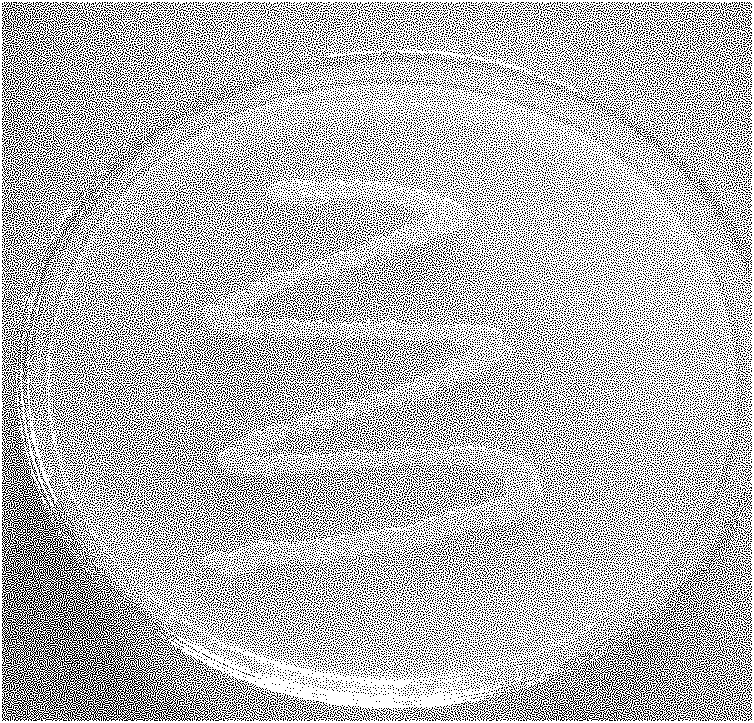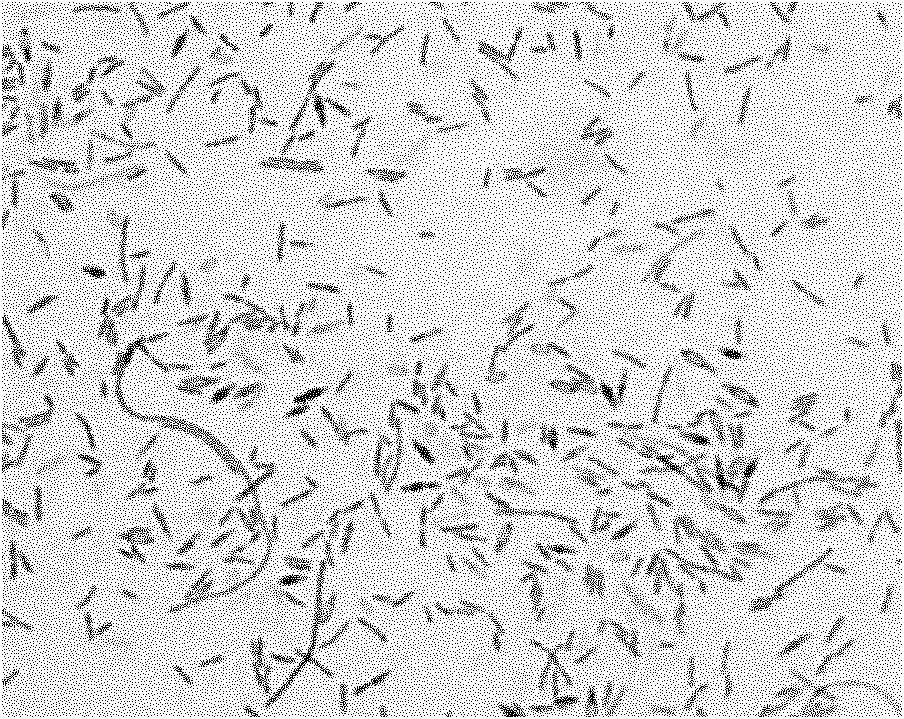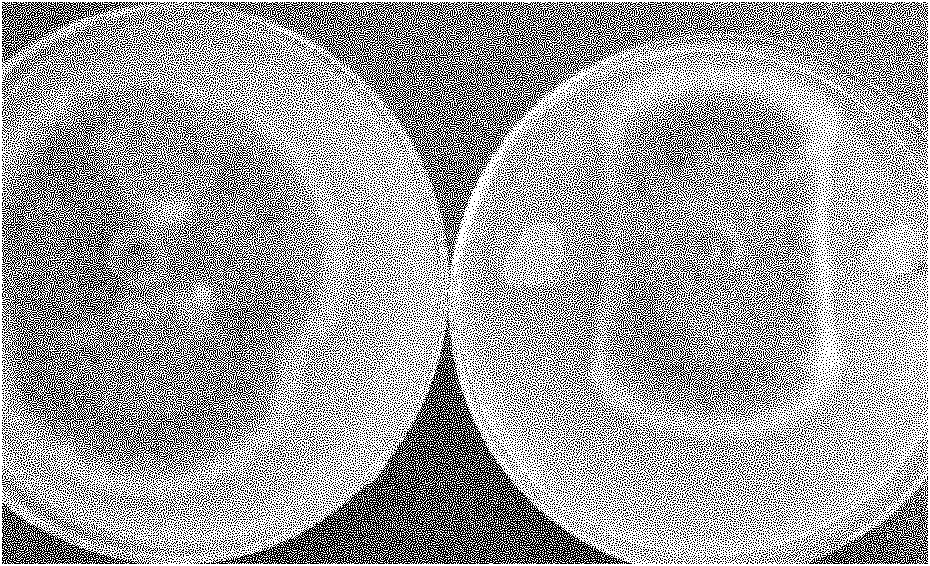Oil-tea disease-resistant bacterial strain and application thereof
A technology for Camellia oleifera anthracnose and strains, applied in the directions of application, bacteria, fungicides, etc., can solve the problems of weak technology, few biological pesticides for preventing and controlling Camellia oleifera anthracnose, etc., and achieves good development and application prospects, easy industrial production, and easy preservation. Effect
- Summary
- Abstract
- Description
- Claims
- Application Information
AI Technical Summary
Problems solved by technology
Method used
Image
Examples
Embodiment 1
[0026] The separation of embodiment 1 bacteria
[0027] Collect soil samples from camellia oleifera forest land, shovel off about 5cm of topsoil, and then take samples, and put the samples into ziplock bags prepared in advance. In the laboratory, add 10g of soil sample into a 250ml Erlenmeyer flask containing 90ml of normal saline, shake it well, absorb 1ml of the supernatant, transfer it to a sterile test tube containing 9ml of normal saline, and dilute to 10 -7 dilution, and press 10 -7 -10 -3 The order of the dilutions is to draw 0.1ml respectively on the pre-prepared beef extract peptone medium to spread on the plate, repeat 3 times for each dilution, put it in the incubator for incubation at 30°C after spreading evenly, and record the amount of bacteria after 48 hours. They were selected according to the colony shape, color and size, purified and stored on the plate, and 5 batches were separated in total.
Embodiment 2
[0028] Example 2 Screening of antagonistic bacteria
[0029] Preliminary screening: use the confrontation culture method. Screening of antagonistic bacteria against pathogenic fungi. Put the 6mm-diameter cake of Camellia anthracnose bacteria in the center of the plate, then use the inoculation ring to pick up the suspension of the bacteria to be tested and inoculate 2 to 3 kinds of bacteria equidistantly (3cm from the center of the plate), and put them in the incubator Incubate in the dark at 25°C, observe and record the presence and size of the inhibition zone after 4 days, and repeat 3 times in total. Select 10 strains with a bacteriostatic zone width greater than or equal to 4mm for re-screening, followed by Z5, Z12, Z17, Z20, Z26, Z30, Z31, Z47, Z52, Z66 for re-screening (see Table 1).
[0030] Table 1 Antibacterial effect of isolated bacteria on Camellia oleifera anthracnose
[0031]
[0032]
[0033] Re-screening: use fermentation method. After the 10 initially...
Embodiment 3
[0037] Example 3 The inhibitory effect of Bacillus brevis Z26 on the hyphae of camellia oleifera anthracnose
[0038] Put the camellia anthracnose bacteria cake with a diameter of 6mm in the center of the PDA plate of the potato sucrose medium, then inoculate Bacillus brevis Z26 at an equal distance of 3cm, repeat three times, cultivate at 25-28°C, and measure the diameter of the inhibition zone after 5 days. It can be seen from the figure that Bacillus brevis Z26 has a strong antibacterial effect on Camellia oleifera anthracnose bacteria, among which image 3 : Bacteriostatic effect of Bacillus brevis Z26 on Camellia oleifera anthracnose.
PUM
| Property | Measurement | Unit |
|---|---|---|
| Radius | aaaaa | aaaaa |
Abstract
Description
Claims
Application Information
 Login to View More
Login to View More - R&D
- Intellectual Property
- Life Sciences
- Materials
- Tech Scout
- Unparalleled Data Quality
- Higher Quality Content
- 60% Fewer Hallucinations
Browse by: Latest US Patents, China's latest patents, Technical Efficacy Thesaurus, Application Domain, Technology Topic, Popular Technical Reports.
© 2025 PatSnap. All rights reserved.Legal|Privacy policy|Modern Slavery Act Transparency Statement|Sitemap|About US| Contact US: help@patsnap.com



